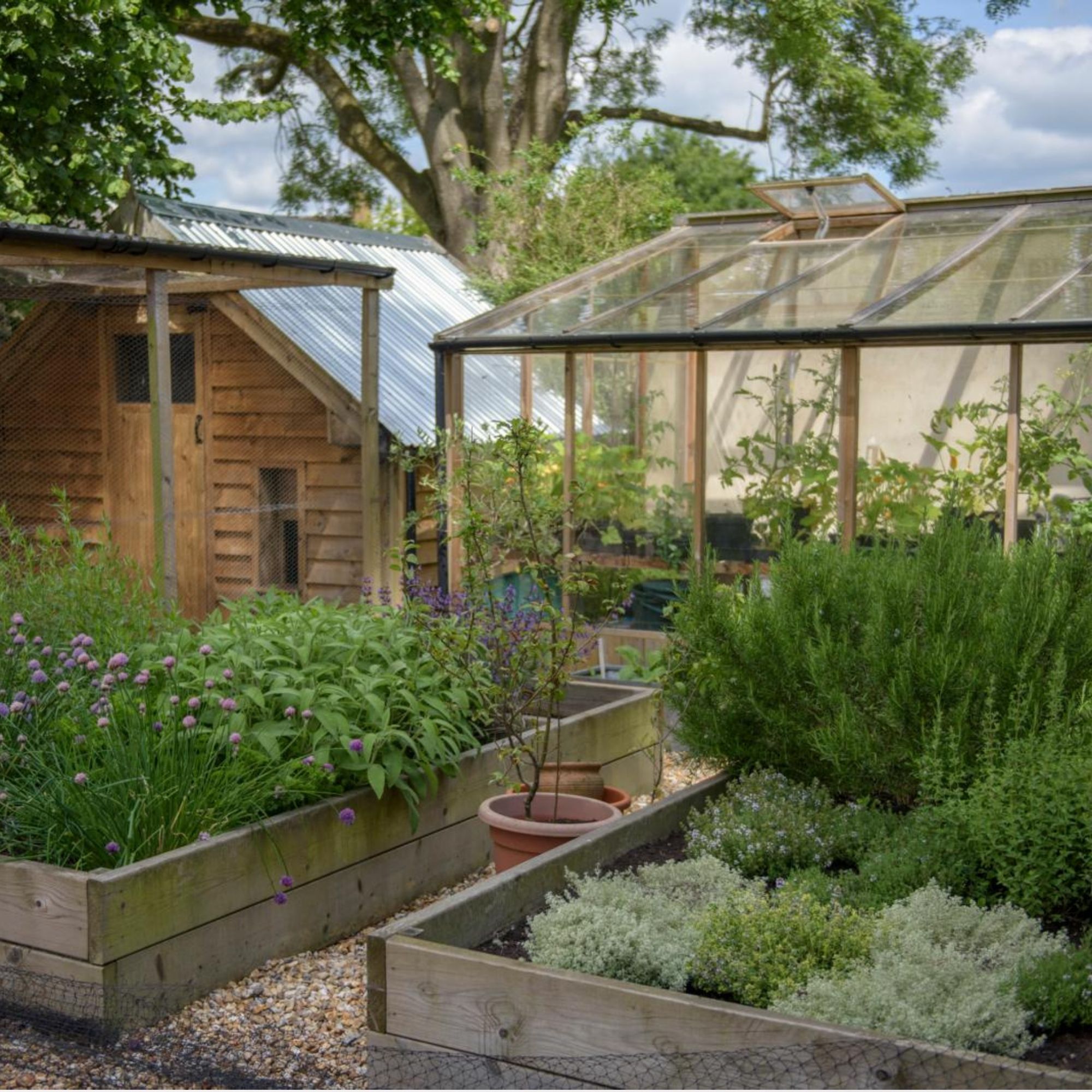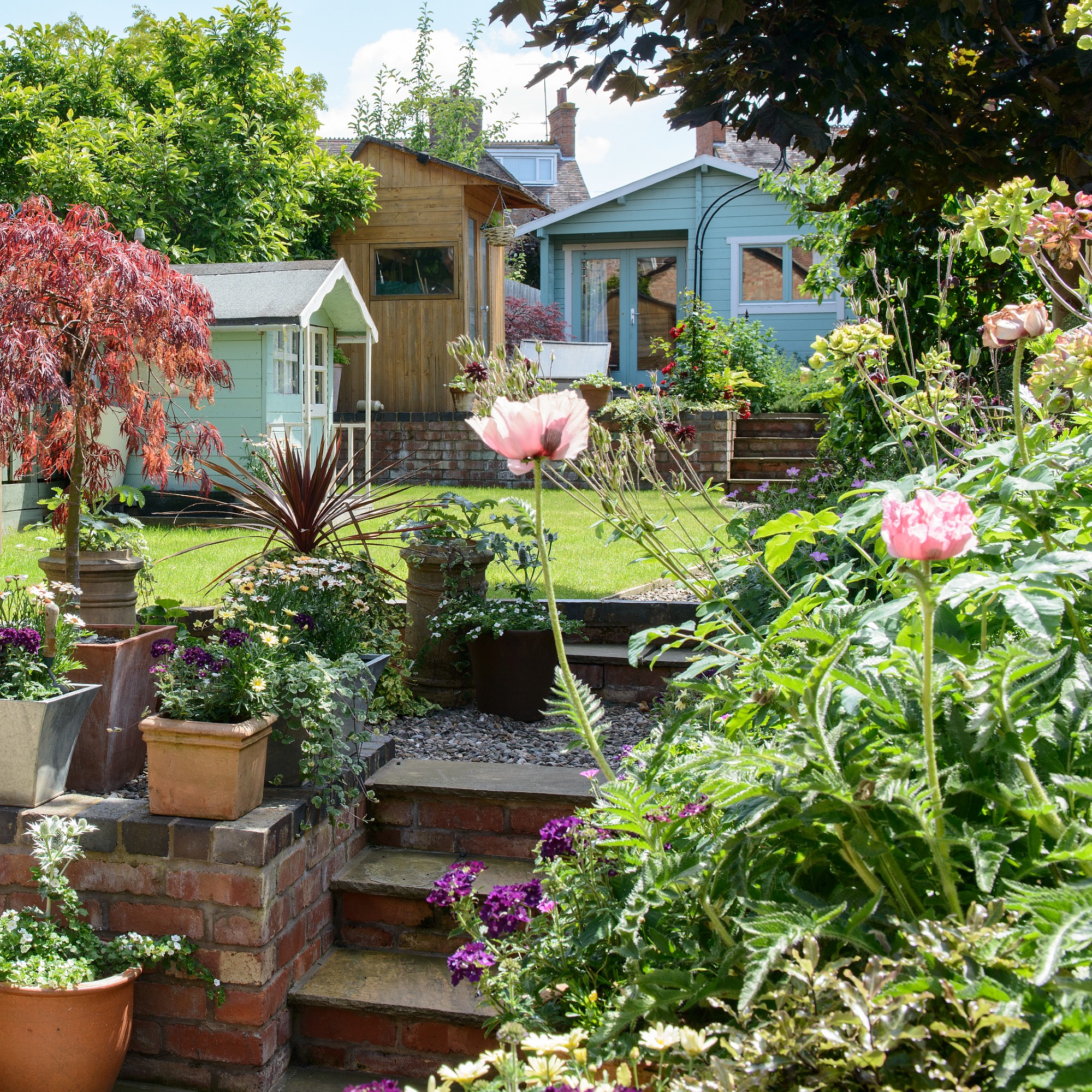
It’s officially autumn, and the days are becoming chillier and wetter by the week. There are plenty of ways to get your garden ready for the winter weather, but if there’s one thing experts are warning homeowners to take precautions against, it’s shed rot.
The name speaks for itself: shed rot causes unsightly fungus which can quickly decay wooden garden buildings. Luckily, learning how to prepare your shed for winter can reduce the risk of shed rot and save your hard-earned garden shed ideas.
Outdoor building experts at GardenBuildingsDirect are urging homeowners to protect their sheds and garden buildings before it’s too late. ‘Failure to carry out these simple measures to waterproof your shed could result in damp, rot and other structural issues.’
We've pulled together a quick list of the ways you can prevent shed rot this winter and see your garden buildings through to spring.

1. Check the roof, doors and windows
Wooden sheds are susceptible to warping over time, which means gaps and cracks can appear around windows and doors. And once rainwater finds its way into your garden buildings, the risk of shed rot massively increases.
'If you find any gaps, fill them with sealant, expanding foam or builders’ caulk,' advises Sam Jenkinson, garden shed expert at garden building retailer Tiger. You can find affordable caulk at various online retailers, like the AMK® Polycell Polyfilla from Amazon.
But what if rotten patches have already set in? 'Dig them out with a screwdriver and fill the area with a high-quality wood filler,' says Sam. 'Once you’ve done that, sand the area down so the filled area is flush with the rest of the wood and repaint or re-stain.'
You should also check the roof over for signs of wear. 'Roofing felt or felt shingles can deteriorate over time, so pay particular attention and patch it if you can,' say the experts at GardenBuildingsDirect. 'Make sure you pay particular attention to the edges and ridge lines and where roofing material is nailed into place.'

2. Ventilation is key
Sealing your shed might keep the rain out, but ventilation is just as important if you want to prevent shed rot from setting in on damp winter days.
'Ventilation controls moisture, which is a primary cause of wood rot,' explains Sam from Tiger. 'Proper airflow removes excess moisture from the air and wood structure, reducing the buildup of dampness that promotes fungal growth.
'It also helps prevent condensation, which can form on interior surfaces in cooler or humid conditions, leading to damp wood and increasing the risk of rot.'
Adding static vents to the sides of your shed will do the trick.

3. Weatherproof your shed
Once you've given your shed's structure a little maintenance, you can focus on the exterior. If you've already learned how to weatherproof garden furniture, protecting your garden buildings follows similar principles.
'The best way to keep your shed looking good for years to come is to waterproof it,' says Dr Jonathan Kirby, Roxil’s wood expert. 'Choose a suitable wood weatherproofing cream to create a waterproof barrier that will reduce warping and prevent the occurrence of rot.'
Plus, keeping your shed's surface dry will limit the growth of mould and algae.
FAQs
Can you save a rotting shed?
The great thing about most garden sheds is that they're made of wooden planks which can be replaced if they've already been damaged by shed rot. Check over your shed regularly for signs of wear and fill in gaps and cracks with sealant to limit the amount of moisture entering the structure.
If you spot a rotten area, remove it and fill in the gap, or replace the entire section if the damage is widespread.
Can you fix a rotten floor in a shed?
Luckily, wooden shed floors are often simple to replace, too. But there are a few preventative measures you can take to save your shed floor from rotting in the first place.
'Make sure your shed is on a good base,' advise the experts at GardenBuildingsDirect. 'If it makes contact with the ground, it can make the building damp. A sturdy wooden base will do the job, lifting your shed off the ground and reducing the risk of damp and insects. For larger sheds, it’s worth considering a concrete base.'
Keeping on top of garden building maintenance will go a long way to preventing shed rot, so set aside a little time before winter arrives.







